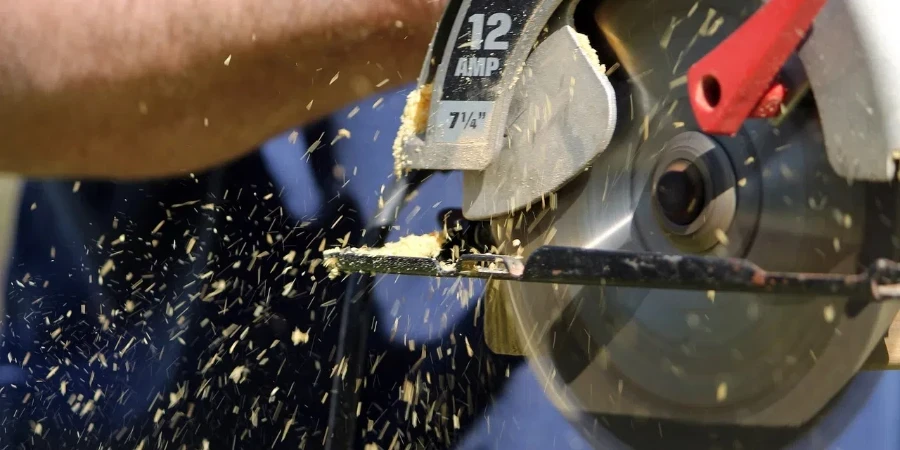Electric concrete cutters are revolutionizing the construction industry with their efficiency and precision. These tools are indispensable for cutting through tough concrete surfaces with ease. In this article, we delve into the technical aspects of electric concrete cutters, how they function, usage tips, cost considerations, and the best models available on the market.
Table of Contents:
1. Market Overview of Electric Concrete Cutters
2. In-Depth Analysis of the Electric Concrete Cutter Market
3. Key Factors When Selecting an Electric Concrete Cutter
4. Understanding the Versatility of Electric Concrete Cutters
5. Innovations and Technological Advancements
6. The Importance of Maintenance and Care
7. Final Thoughts
Market Overview of Electric Concrete Cutters
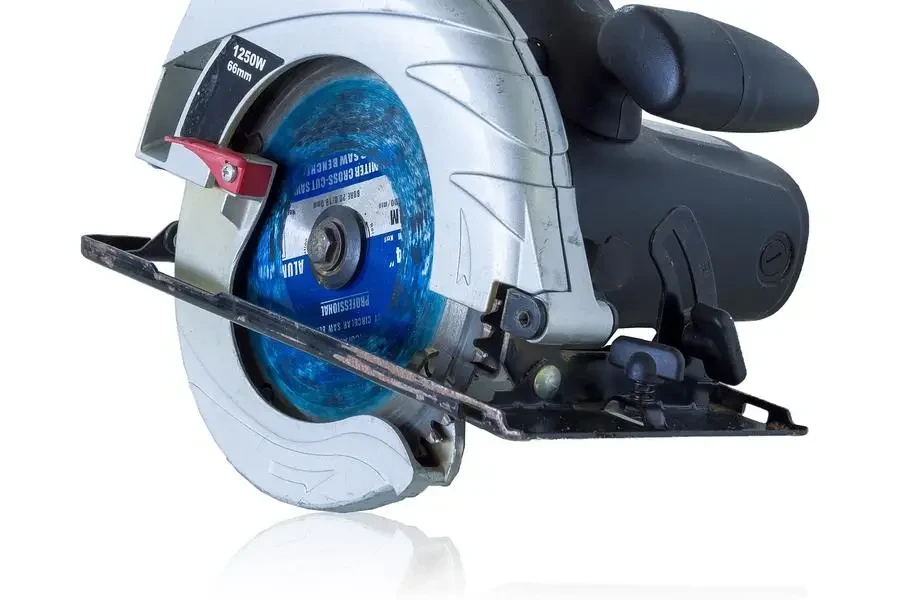
The global electric concrete cutter market has seen robust growth in recent years. As of 2024, the market size was estimated at USD 1.5 billion and is projected to reach USD 2.4 billion by 2030, growing at a compound annual growth rate (CAGR) of 7.1%. This growth is driven by the increasing demand for efficient and eco-friendly cutting tools in the construction industry. Additionally, the rise in urbanization and global infrastructure projects has significantly contributed to market expansion.
Asia-Pacific holds the largest market share, accounting for approximately 35% of the global market. The region’s dominance is due to rapid industrialization, increasing construction activities, and significant investments in infrastructure, particularly in China, India, and Japan. North America and Europe follow, with market shares of 25% and 20%, respectively. These regions are seeing a surge in renovation and upgrade activities, boosting the demand for electric concrete cutters.
The commercial segment is the largest end-user of electric concrete cutters, with 55% of the market share. This is followed by the industrial and residential segments, holding 30% and 15% of the market share, respectively. The high demand in the commercial sector is due to the extensive use of concrete cutters in large-scale projects, including commercial complexes, bridges, and highways.
In-Depth Analysis of the Electric Concrete Cutter Market
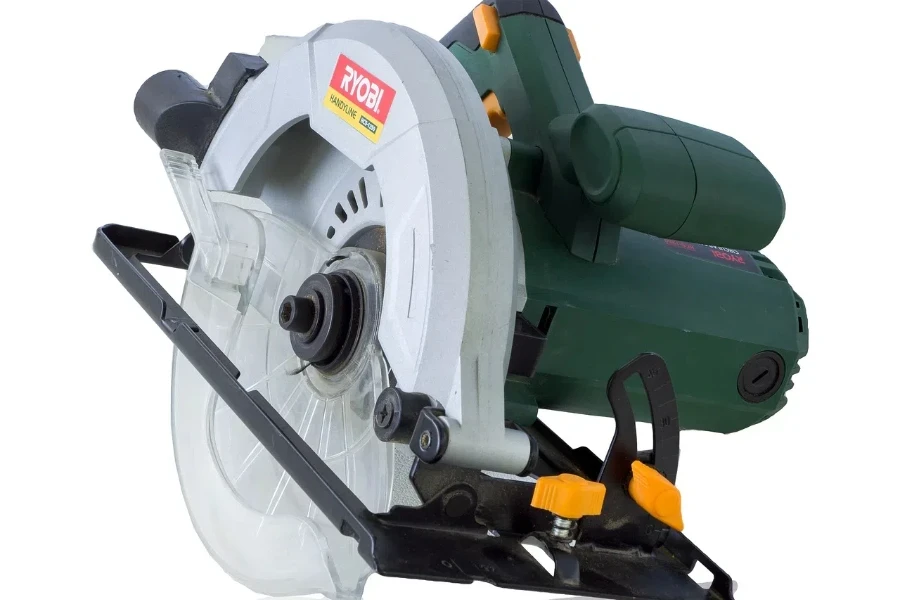
Electric concrete cutters have become essential tools in the construction industry due to their efficiency, precision, and environmental benefits. These cutters are designed to slice through concrete, asphalt, and other hard materials with ease, making them ideal for various construction and renovation projects. Key performance benchmarks include cutting speed, blade durability, power efficiency, and safety features.
Recent innovations include battery-powered electric concrete cutters, offering greater mobility and convenience compared to corded models. These advancements are expected to drive market growth by addressing the need for portable and efficient cutting solutions. Additionally, integrating smart technologies like IoT and AI into electric concrete cutters is enhancing their performance and usability. For example, IoT-enabled cutters can provide real-time data on blade wear, cutting depth, and power usage, improving maintenance and operational efficiency.
Consumer behavior is shifting towards electric concrete cutters due to their lower operational costs and reduced environmental impact compared to traditional gasoline-powered cutters. The growing emphasis on sustainability and stringent emission regulations are further propelling the demand for electric cutters. Moreover, the increasing popularity of DIY projects and home renovations is driving demand for user-friendly and affordable electric concrete cutters in the residential segment.
Distribution channel preferences are also evolving, with online sales gaining significant traction. E-commerce platforms offer a wide range of electric concrete cutters, providing consumers with the convenience of comparing features and prices before making a purchase. This trend is particularly prominent in North America and Europe, where internet penetration and digital literacy are high.
Key Factors When Selecting an Electric Concrete Cutter
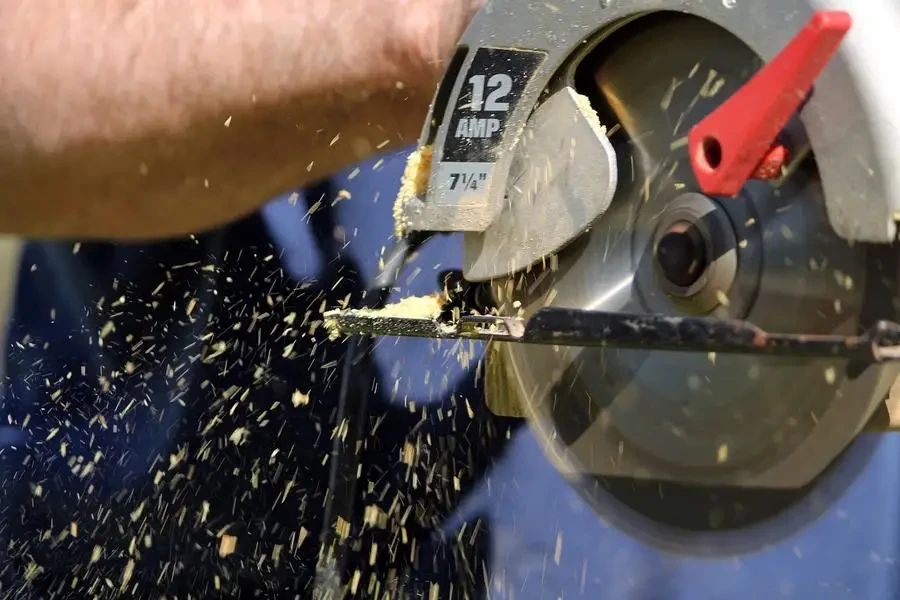
Choosing the right electric concrete cutter is crucial for ensuring efficiency, safety, and effectiveness in construction and demolition tasks. This section delves into the critical factors to consider, focusing on the power source, blade diameter, cutting capacity, motor power, and additional features.
Power Source
The power source significantly impacts an electric concrete cutter’s performance. Electric cutters are powered by either a corded connection or a battery.
Corded electric cutters provide a consistent power supply, making them suitable for prolonged use in large-scale projects. However, they require a power outlet, which can limit mobility.
Battery-powered cutters offer greater mobility, ideal for remote locations or areas without easy access to electricity. Modern lithium-ion batteries provide sufficient power for most tasks, though they may need frequent recharging during extended use.
Blade Diameter
Blade diameter determines the depth and type of cuts the machine can make. Electric concrete cutters typically have blade diameters ranging from 9 to 14 inches.
Larger blades allow for deeper cuts, essential for cutting through thick concrete slabs or masonry. For example, a 14-inch blade can cut to a depth of around 5 inches, suitable for heavy-duty applications.
Smaller blades, such as 9 or 10 inches, are better for precision cuts and are often used in finishing work or cutting thinner materials. The choice of blade diameter should align with the project’s specific requirements.
Cutting Capacity
Cutting capacity refers to the maximum material thickness the cutter can handle effectively. This is influenced by the blade diameter and the cutter’s design.
Electric cutters with a cutting capacity of up to 5 inches are ideal for standard construction tasks, including cutting concrete slabs, bricks, and pavers. For specialized applications, such as cutting through reinforced concrete or thick masonry walls, a higher cutting capacity is essential.
Consider the cutting speed as well, which impacts overall task efficiency. Higher cutting capacities combined with faster speeds can significantly reduce project time.
Motor Power
Motor power, measured in watts or horsepower, directly affects cutting performance. Higher motor power translates to greater cutting efficiency, especially with dense or reinforced concrete.
For most construction tasks, a motor power of 2,000 watts (approximately 2.7 horsepower) is sufficient. However, more demanding applications, such as cutting through steel-reinforced concrete, may require a more powerful motor.
Energy-efficient motors can reduce operating costs, especially for large-scale projects, resulting in long-term savings.
Additional Features
Modern electric concrete cutters come with various features to enhance usability, safety, and performance. Key features to consider include dust management systems, water feed systems, ergonomic design, and safety features.
Dust management systems reduce airborne dust, improving visibility and safety. Water feed systems cool the blade during cutting, reducing wear and tear and minimizing dust generation. Ergonomic designs, including adjustable handles and anti-vibration technology, enhance user comfort and reduce fatigue. Safety features like automatic shutoff mechanisms, blade guards, and overload protection are crucial for operator safety.
Considering these additional features can greatly enhance the functionality and safety of the electric concrete cutter, making it a valuable investment for any construction project.
Understanding the Versatility of Electric Concrete Cutters
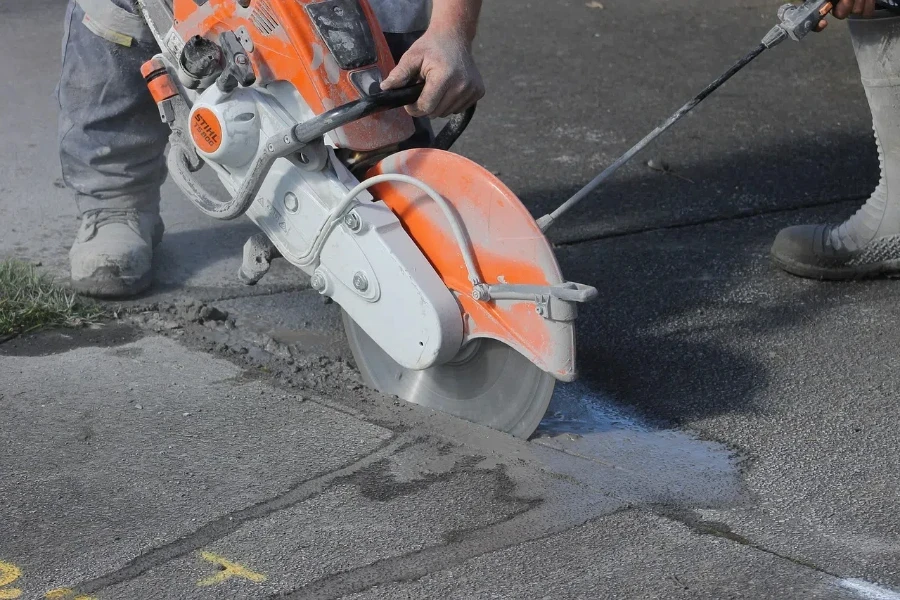
Electric concrete cutters are indispensable tools in the construction and demolition industry, offering unparalleled versatility. They are suitable for a wide array of tasks, from cutting concrete slabs to intricate masonry work.
Applications in Construction
In construction, electric concrete cutters are widely used for cutting concrete slabs, bricks, and pavers. They are essential for tasks such as creating expansion joints, cutting openings for doors and windows, and shaping concrete elements to fit specific design requirements.
For example, during the construction of a commercial building, cutters can be used to cut through concrete floors to install plumbing and electrical systems. Their precision and efficiency ensure clean cuts, minimizing the need for additional finishing work.
Applications in Demolition
In demolition projects, electric concrete cutters play a critical role in dismantling structures safely and efficiently. They cut through reinforced concrete, masonry walls, and other building materials, allowing for controlled demolition.
A common application is the removal of old concrete foundations during renovation projects. Cutters make precise cuts, reducing the risk of structural damage to surrounding areas and ensuring a clean demolition process.
Specialized Applications
Electric concrete cutters are also used in specialized applications such as road construction and maintenance. They cut through asphalt and concrete pavements to create expansion joints, repair damaged sections, and install new road features. Additionally, they are used in artistic and decorative applications, creating intricate patterns and designs in concrete surfaces, adding aesthetic value to architectural projects.
Innovations and Technological Advancements
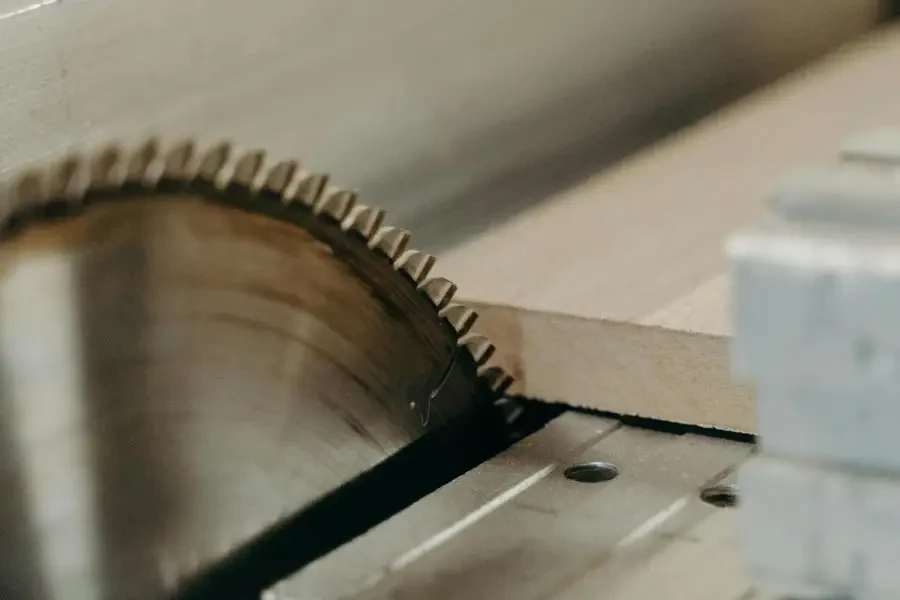
The electric concrete cutter industry has seen significant technological advancements, enhancing performance, safety, and ease of use.
Smart Technology Integration
One of the latest trends is the integration of smart technology. Features such as digital displays, GPS tracking, and remote monitoring allow operators to optimize performance and track usage in real-time.
Digital displays provide information on blade wear, motor performance, and cutting depth, enabling informed decisions and timely maintenance.
Improved Battery Technology
Advancements in battery technology have significantly improved the performance of cordless cutters. Modern lithium-ion batteries offer longer runtimes, faster charging, and greater power output, making cordless models a viable option for demanding tasks. High-capacity batteries now provide sufficient power for several hours of continuous use, reducing downtime and increasing productivity.
Enhanced Safety Features
Safety remains a top priority in cutter design. Recent innovations include advanced safety features such as automatic blade guards, overload protection, and emergency shutoff mechanisms. Automatic blade guards retract when in use and extend when the blade is not in contact with the material, reducing the risk of accidental injuries. Overload protection systems prevent motor overheating, extending cutter lifespan and ensuring safe operation.
The Importance of Maintenance and Care
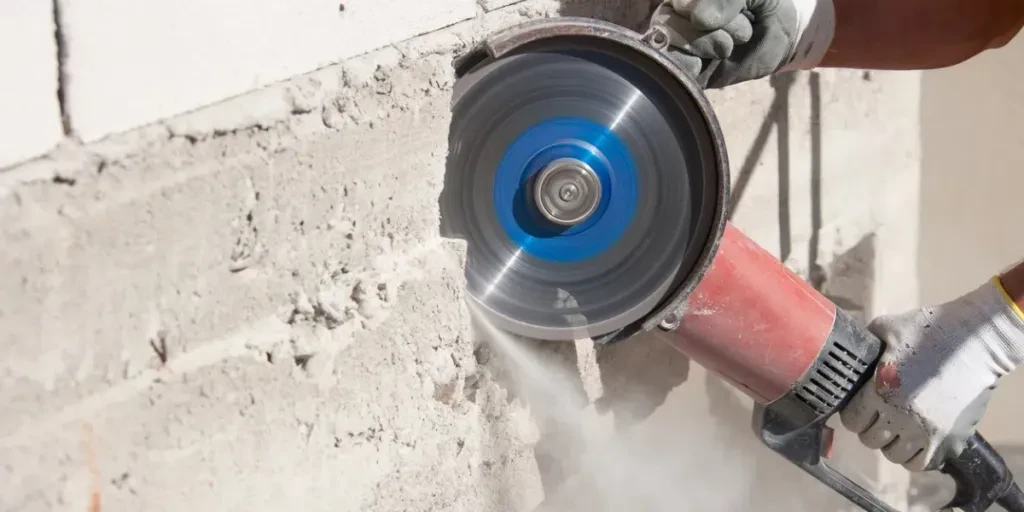
Proper maintenance and care are essential for ensuring the longevity and optimal performance of electric concrete cutters. Regular maintenance extends the cutter’s lifespan and ensures safety and efficiency.
Routine Inspections
Conducting routine inspections is crucial for identifying potential issues before they become major problems. Regularly check the condition of the blade, motor, and electrical components to ensure they are in good working order. Inspecting the blade for wear and damage can prevent accidents and ensure clean cuts. Checking the motor and electrical connections can prevent malfunctions and reduce downtime.
Cleaning and Lubrication
Keeping the cutter clean and well-lubricated is essential for maintaining performance. Dust and debris can accumulate in the motor and blade housing, reducing efficiency and potentially causing damage. Clean the cutter after each use, removing any accumulated dust and debris. Lubricating the moving parts ensures smooth operation and reduces wear and tear.
Professional Servicing
In addition to regular maintenance, professional servicing is recommended to keep the cutter in optimal condition. Professional technicians can perform thorough inspections, identify potential issues, and perform necessary repairs and adjustments. Professional servicing can include calibrating the motor, replacing worn parts, and updating software for smart technology features. Regular professional servicing ensures the cutter operates at peak performance and extends its lifespan.
Final Thoughts
Selecting the right electric concrete cutter requires careful consideration of various factors, including power source, blade diameter, cutting capacity, motor power, and additional features. Understanding the versatility, technological advancements, and maintenance requirements of electric concrete cutters ensures optimal performance and safety in construction and demolition tasks.
